Increased Awareness and Education
Growing awareness regarding ureteral obstruction and its treatment options is fostering growth in the Ureteral Obstruction Market. Educational initiatives by healthcare organizations and patient advocacy groups are instrumental in informing the public about the symptoms and risks associated with ureteral obstructions. This heightened awareness leads to earlier diagnosis and treatment, which is crucial for preventing complications. As more individuals seek medical attention for ureteral obstruction symptoms, the demand for diagnostic and therapeutic solutions is likely to rise. Consequently, the Ureteral Obstruction Market stands to benefit from this trend, as healthcare providers adapt to meet the needs of an informed patient population.
Advancements in Medical Technology
Technological innovations in the field of urology are significantly influencing the Ureteral Obstruction Market. The introduction of advanced imaging techniques, such as ultrasound and CT scans, enhances the diagnosis and treatment of ureteral obstructions. Furthermore, the development of minimally invasive surgical techniques, including ureteroscopy and laser lithotripsy, has revolutionized patient care. These advancements not only improve patient outcomes but also reduce recovery times, making them more appealing to both patients and healthcare providers. As these technologies continue to evolve, the Ureteral Obstruction Market is expected to expand, driven by the demand for more effective and less invasive treatment options.
Rising Incidence of Ureteral Obstruction
The increasing prevalence of ureteral obstruction conditions is a primary driver for the Ureteral Obstruction Market. Factors such as kidney stones, tumors, and congenital abnormalities contribute to this rise. According to recent data, the incidence of kidney stones has been reported to affect approximately 10% of the population at some point in their lives. This growing patient population necessitates effective treatment options, thereby propelling the demand for ureteral obstruction management solutions. As healthcare systems strive to address these conditions, the Ureteral Obstruction Market is likely to experience substantial growth, driven by the need for innovative therapies and interventions.
Regulatory Support for Innovative Treatments
Regulatory bodies are increasingly supporting the development and approval of innovative treatments for ureteral obstruction, which is positively influencing the Ureteral Obstruction Market. Initiatives aimed at expediting the approval process for new medical devices and therapies are encouraging manufacturers to invest in research and development. This regulatory environment fosters innovation, leading to the introduction of novel solutions that address unmet medical needs. As new products enter the market, competition is likely to intensify, driving further advancements in treatment options. Consequently, the Ureteral Obstruction Market is poised for growth, as stakeholders capitalize on the favorable regulatory landscape to bring effective therapies to patients.
Aging Population and Associated Health Issues
The demographic shift towards an aging population is a significant factor impacting the Ureteral Obstruction Market. Older adults are more susceptible to conditions that lead to ureteral obstruction, such as kidney stones and malignancies. As the global population ages, the prevalence of these health issues is expected to increase, thereby driving demand for effective management solutions. Reports indicate that the population aged 65 and older is projected to double by 2050, which will likely result in a corresponding rise in ureteral obstruction cases. This demographic trend presents a substantial opportunity for growth within the Ureteral Obstruction Market, as healthcare systems adapt to cater to the needs of this expanding patient demographic.
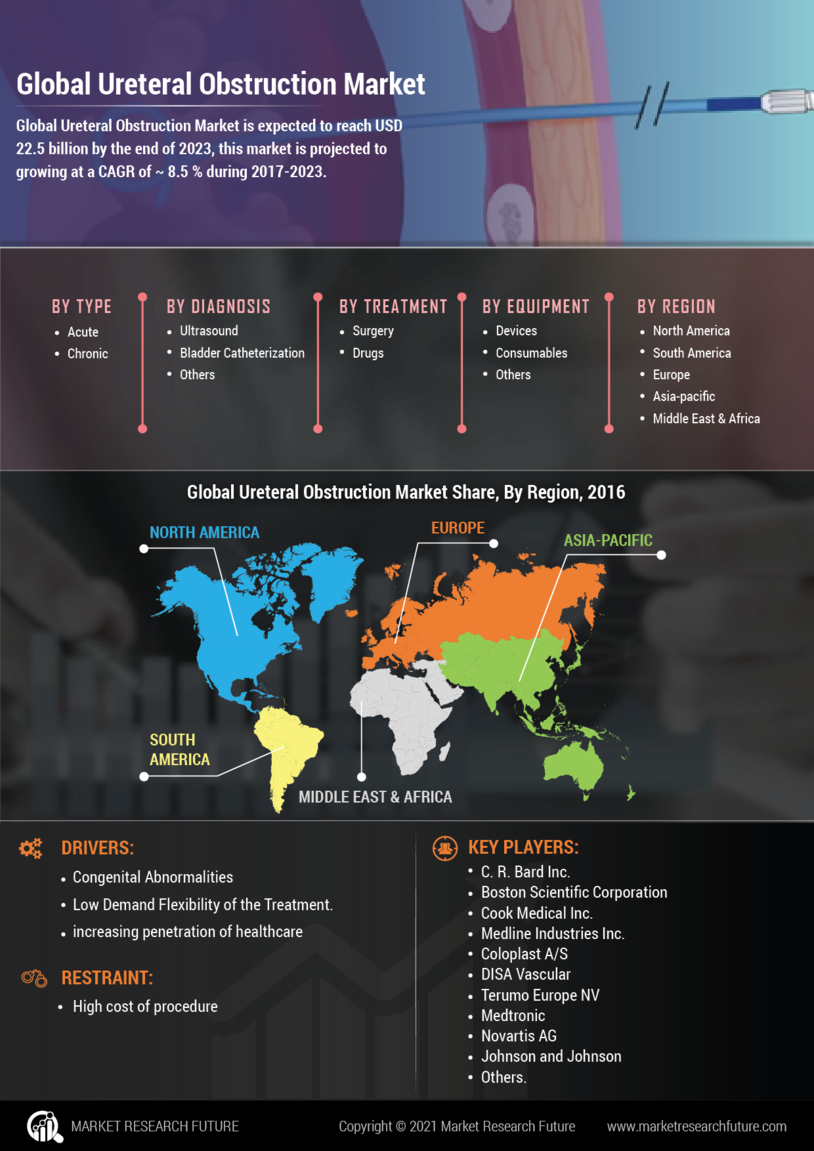

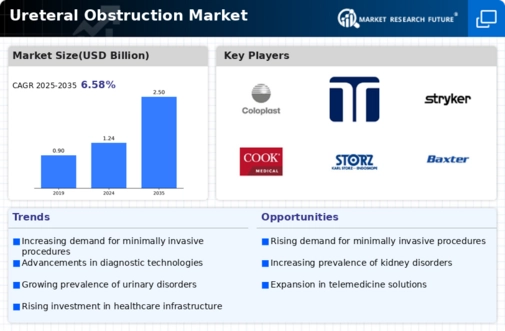
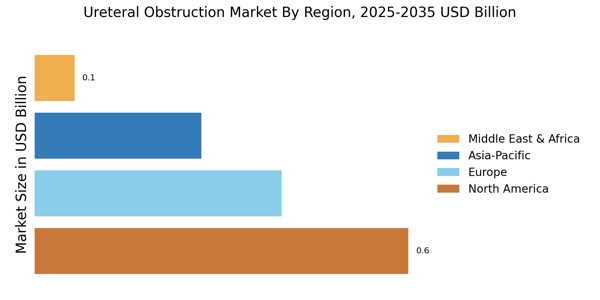
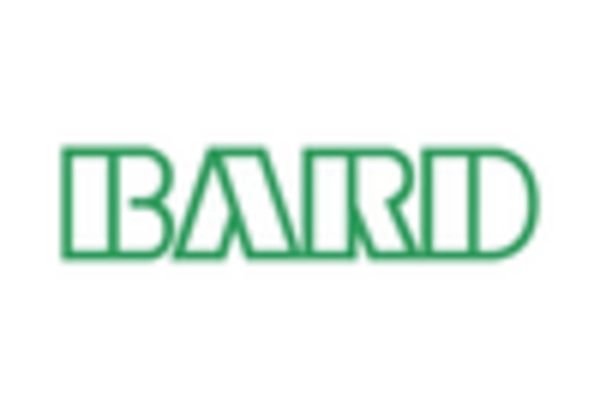

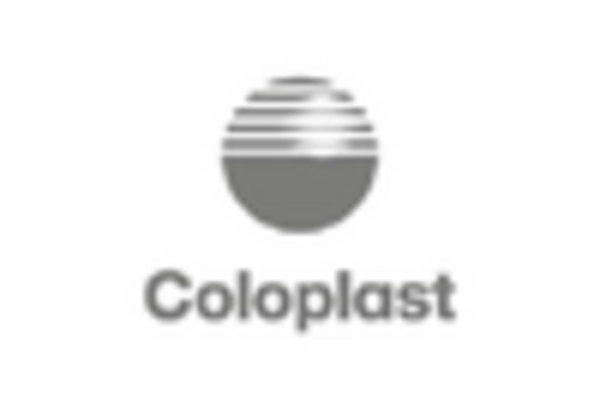
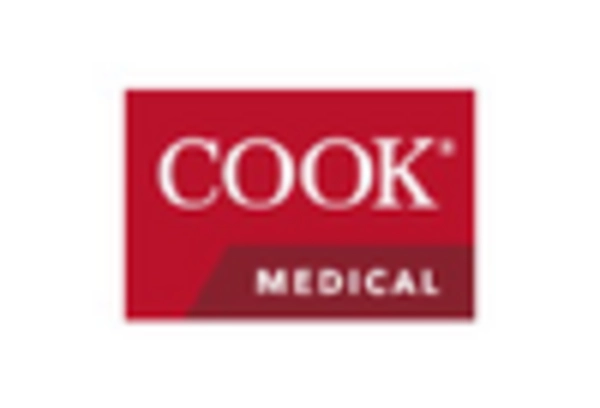

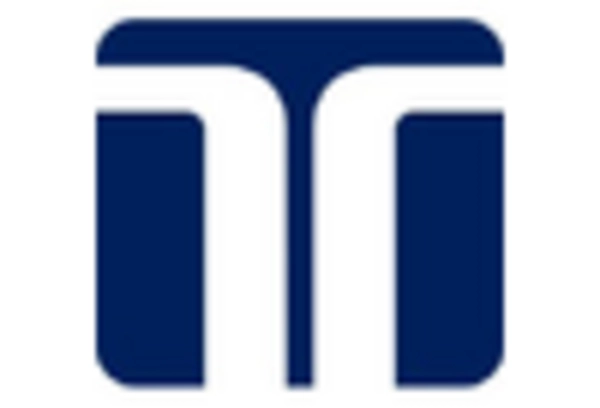








Leave a Comment